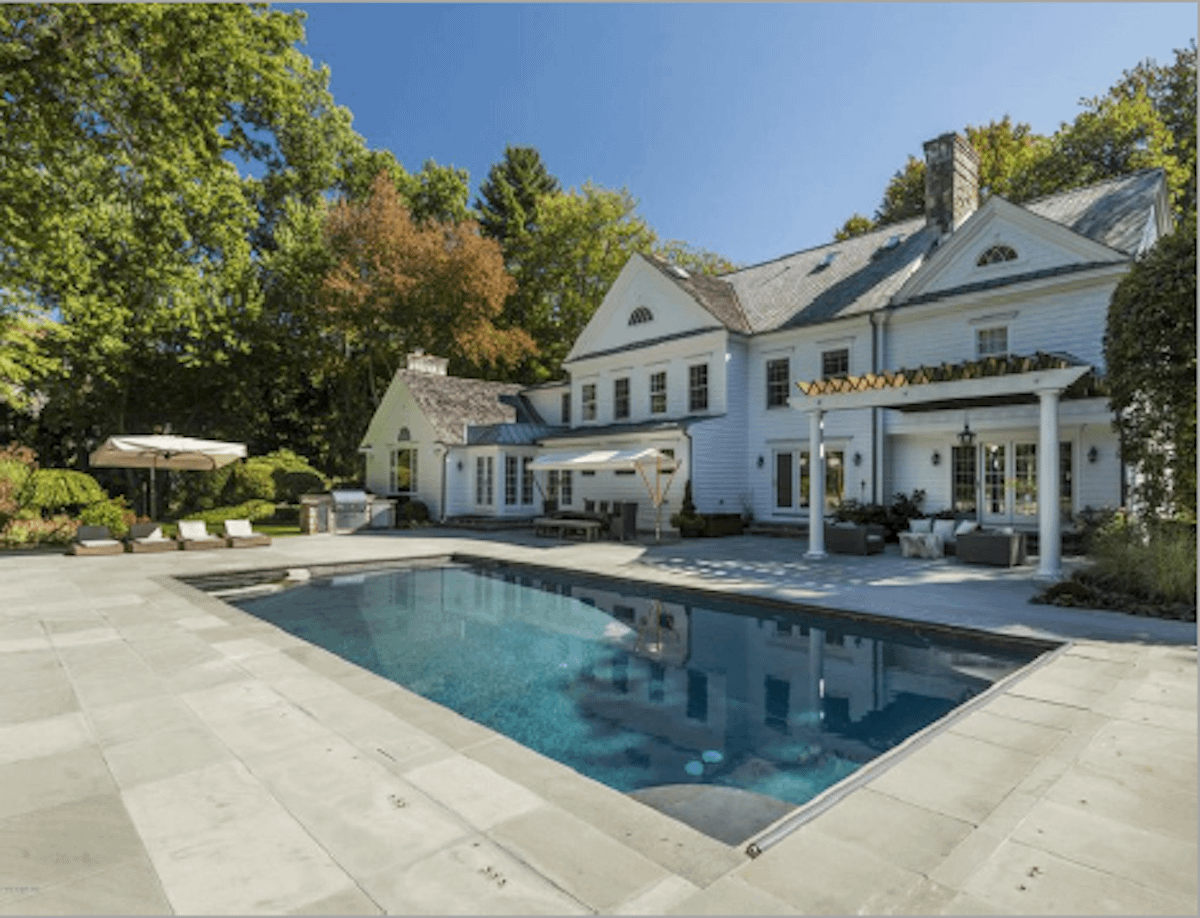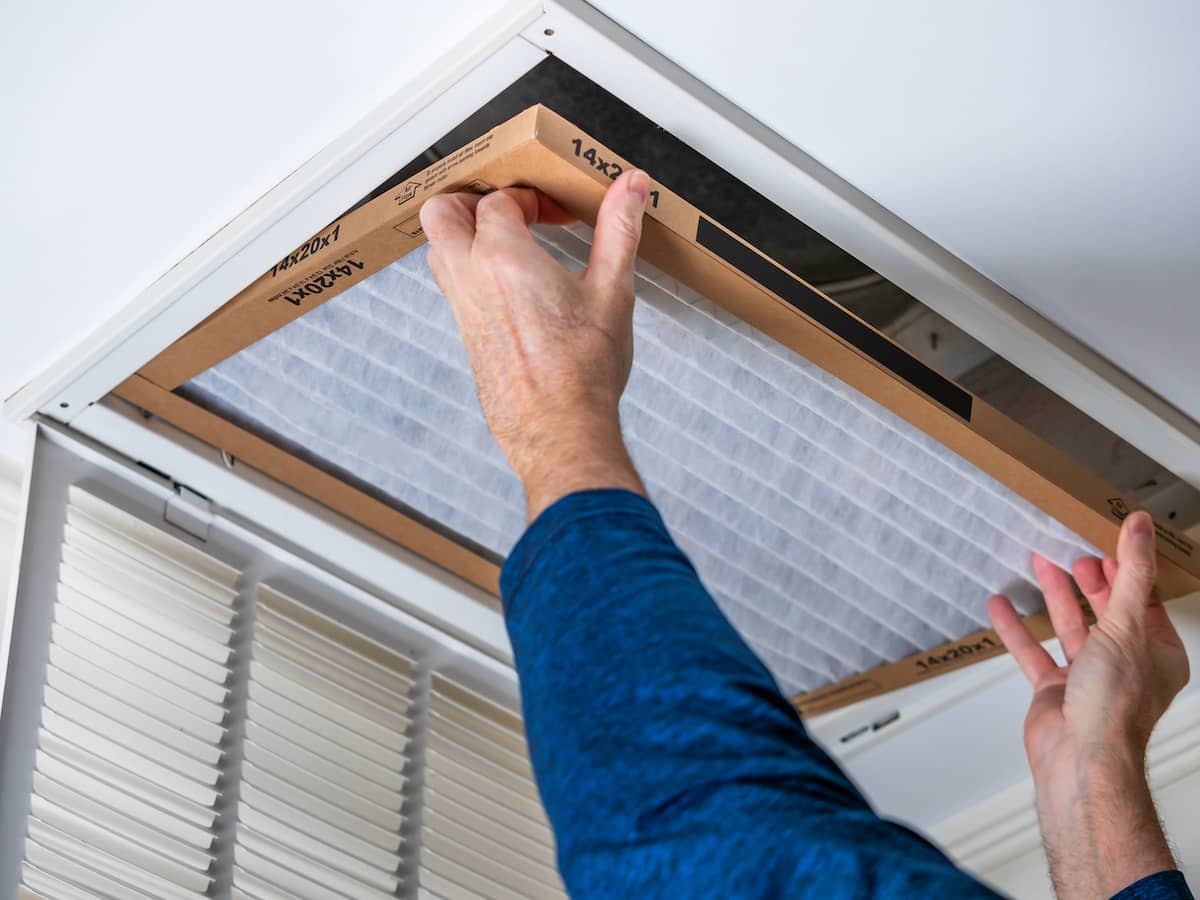Art is an investment on many levels. It has emotional, sentimental and fiscal value that can last for years or lifetimes. It is thus important to consider the installation of the art as carefully as the art itself.
The physical constraints when hanging an artwork depend on a few factors. There are two quick questions that you can ask yourself before you make any holes in a wall – How heavy is my piece of art?, and What is the makeup of the wall that I am attaching this to? If your art is clearly on the lighter side, under 20 lbs, then it can be screwed straight into the wall. More often than not though, the piece is on the heavier side, 25 lbs or heavier and must have extra support.

Another important factor to consider when hanging art is its environment. An appropriate temperature, humidity and light within the space all contribute to the longevity of the art. The ideal temperature recommended by museums and insurance companies is between 65-75 oF, and the ideal humidity between 55% to 65%. These numbers should be maintained even while you are absent from the home; a digital thermohygrometer monitors both temperature and humidity and can help to keep the environment consistent.
Both interior and exterior light can have a profound effect on your artwork. The UV rays found in sunlight can fade and damage your art. Placing the art on a non-sunny wall or framing it in UVblocking glass can lessen the effects of the UV rays. The interior lights should be low lumen lighting. LED bulbs and incadescent lights have the appropriate lumen level (55 lux or below).
If you follow these guidelines you will have long lasting art pieces. Enjoy the view!



